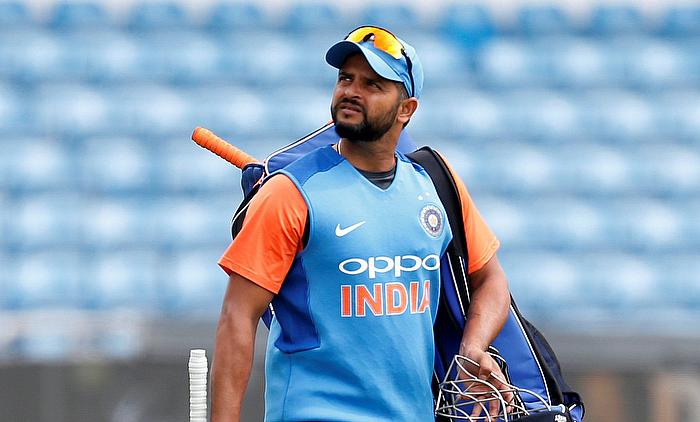Huge Buzz Around Fitness Protocol "Yo Yo"

In India there is a huge buzz on a fitness testing protocol named Yo Yo. It’s a test protocol for one’s cardiovascular endurance and maximum Oxygen uptake termed as VO2 Max.
The test is in vogue since 2008 at India’s National Cricket Academy. Many other test playing nations are using it for long. Therefore, there’s nothing unique about it. The perception towards the test generated much curiosity once two stalwarts Yuvraj Sing and Suresh Raina failed to achieve the benchmark of Yo Yo. The twosome were not considered for the national selection in 2016.
This raises a question. Cardiovascular test is one of the many in the battery of test protocols a cricket team conduct for the cricketers. There’s a test for maximum muscle strength called 1RM or 3RM squat. This is for leg strength. The vertical jump test gives a projection of explosive strength of the lower extremity. Both 20 metre and 30 metre speed test along with the test for agility are equally important. Other tests include speed endurance and core stability. Don’t forget the fat% test by callipers or Dexascan.
To be precise, before pronouncing the fitness level of a cricketer an overall evaluation of all the parameters must be considered. Otherwise no point in conducting the other tests. Consider this scenario - a skinny Yajuvendra Chahal, the Indian leggy passes the Yo Yo and is found below the national standard earmarked in strength and explosive power. Will he be axed?
Cricket is predominantly a power sport. In physics Force X Speed = Power. A batter swings his willow hard (force) at the ball at great speed is an action of power. Same with a fast bowler hurling the sphere at great speed or a fielder fiercely throwing a ball. Then comes speed and agility. T-20 and ODI greatly demand sprinting between the wickets and chasing a ball at the speed of Usain Bolt. Some of the sharp catches at the inner circle is by virtue of sheer agility. In short, if you take a deeper look – by tilting the scale heavily in favour of Yo Yo which stands as a test for stamina, one is massively undermining other much important parameters.
After failing the Yo Yo test in 2016 both Yuvraj and Raina subsequently re-appeared for the test in 2017. They cleared the benchmark of level 16. Here comes the great paradox. On his comeback in T-20 Yuvraj looked distinctly slow in the field, lacking sharpness in running. Raina seemed to have put on weight. Then did they clear the 30 metre speed test?
Later in 2017 both Mohammad Shami, India’s spearhead in fast bowling was caught in the Yo Yo trap. He and Ambati Rayudu was dropped from the Indian team for not touching the benchmark in Yo Yo. After clearing the test and coming back to the Indian team In England Md. Shami was hardly seen having a sustained spell of bowling.
So where did his stamina improve? Poor Rayudu! He is quick in the field and between the wickets. And plays only shorter format where endurance counts less that power and speed. But again the demon called Yo Yo struck down his T-20 chances in England. Stunningly, he got a big hundred in the ODI. That required long vigil at the crease. In his case the so called stamina improved or was it there in him before itself? Take the case of Kagiso Rhabada of South Africa. He notches level 20 in Yo Yo and excels in power.
There’s a great parity in it. Rhabada consistently bowls at 145 clicks. Also bowls long spells. Therefore, we must look at the bigger picture. Is Manish Pandey’s ( India’ T-20 middle order batsman) level 19 in Yo Yo complemented by his scoring in the test for power?
Let’s face it. In India we should stop yelling on Yo Yo. This is not the be all and end all. It’s just another test protocol.
© Cricket World 2019




